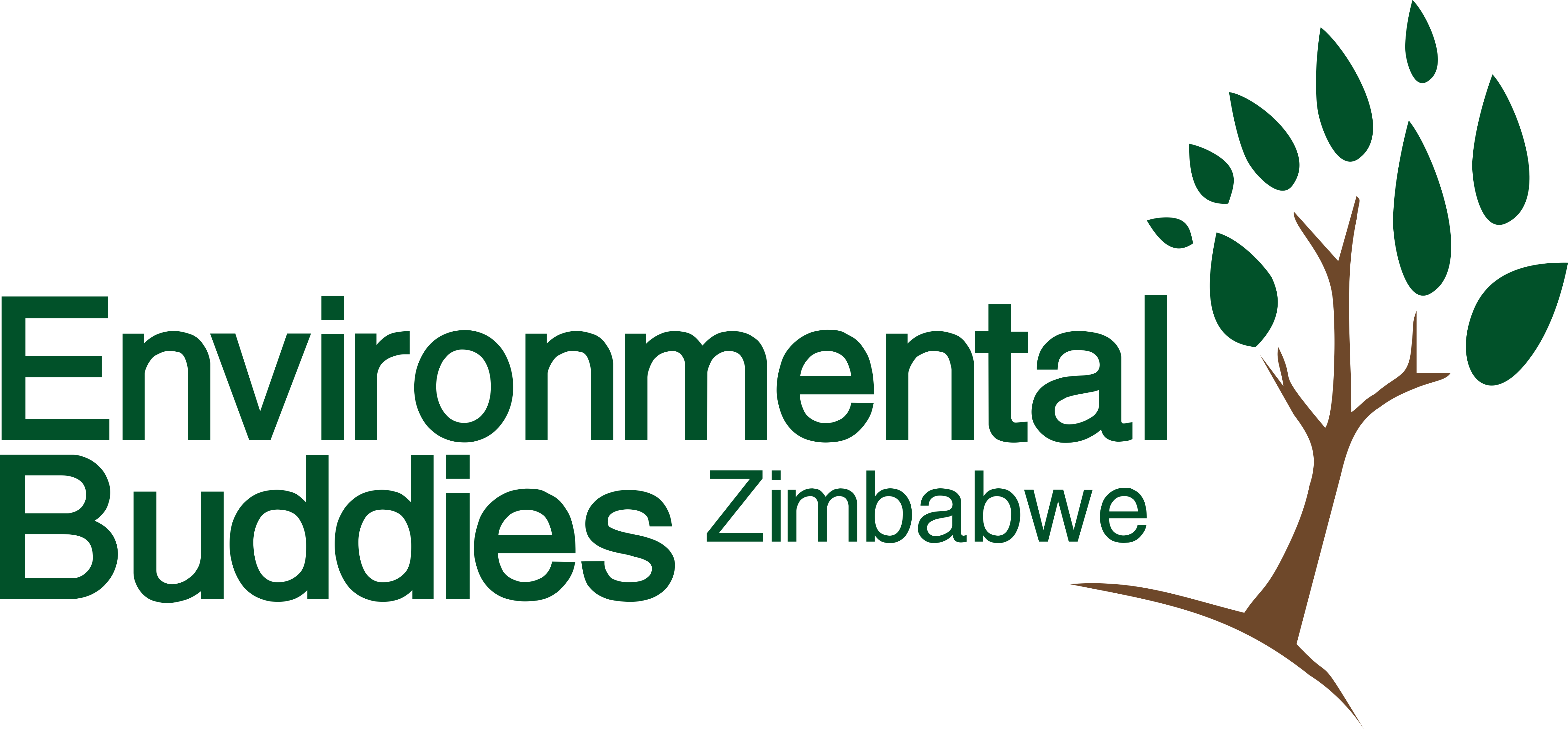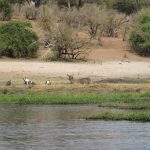Living in Harmony with Wetlands:WORLD WETLANDS DAY 2021
Wetlands/ Matoro/ Mapani/ Amaxhaphozi are areas where water covers the soil, or is present either at or near the surface of the soil all year or for varying periods of time during the year, including during the growing season. They occur where the water table is at or near the surface of the land, or where the land is covered by water. Wetlands include swamps, marshes, bogs and similar areas.
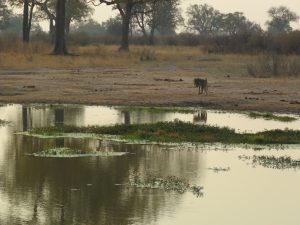
Wetlands have soils that become saturated from precipitation, bodies of water such as rivers and oceans or from underground water. The saturation must be predictable to some extent. It may become saturated seasonally, for extended periods, by rain or snow raising the water table. This saturation impacts the soil and what lives in it. Dry soil has pockets of air in it providing oxygen to plants and animals for respiration. When air in the soil is replaced by water, it changes the types of bacteria that live in the soil. Any mix of interdependent plants and animals are shaped by their physical environment of air, land and water.
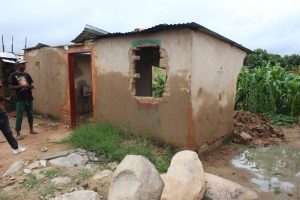
Many home owners seem unaware of the dangers of building on wetlands. Constructing in such areas comes with a lot of risks; the soil is not the best to build because its structure is weak and mostly made of clay. Building on wetlands directly tampers with the natural flow of the environment by blocking water passage which is naturally instituted by the free flow of water. It directly tampers with natural water collection and leads to flooding. It can also expose you to water borne disease such as cholera and typhoid, worse still the building can collapse as what happened to houses built in wetlands in Chitungwiza . Houses built in a wetland in Monavale and Dzivarasekwa are usually affected by flash floods during the rainy season.
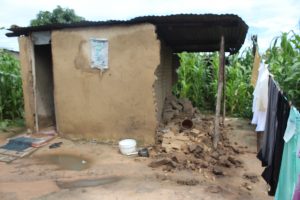
However all this can be avoided by simply seeking advice from the Environmental Management Agency. Before going ahead with developing any structure on a wetland, first apply and get written approval from the Agency. It is a legal requirement to apply for wetland utilization from the EMA Offices that in your province or district.
There is therefore need for wetlands to be utilized in a way that it would not affect the ecological functions, such as creation of parks and gold courses because improper wetlands use has extensive negative consequences. Some of the consequences are pollution of underground water. Housing developments result in the construction of septic tanks that drain into soak-aways, which in most cases are not connected to main sewer channels.

With these negative consequences in mind, as an organization, Environmental Buddies Zimbabwe (EBZ) has been raising awareness on the need to protect water source in a series of workshops done in Marange Communal Areas between August and December 2020. The project was in partnership with Forestry Commission (Zimbawe), Environmental Management Agency, Zimbabwe Republic Police, Global GreenGrants Funds and Global Alliance for Green and Gender Action. What stood out from the workshop was a lack of knowledge on sustainable use of water sources by many community members. This was because there was a gap in dissemination of Environmental Education by relevant authorities to communities. After each workshop, when asked to write something new the participants had learnt that day, they all wrote that they had learnt that:
- There is need to leave a 30 meter buffer from a water source and any human activities.
- They should not cultivate in rivers or wetlands to avoid siltation and water pollution from agriculture chemicals.
- They should never use chemicals to catch fish as it pollutes water and also kills other aquatic organisms.
Let’s work together to restore and protect our wetlands nationwide and worldwide.
#Wetlands
#Wetland conservation
#Wetlands and Water
#Environmental Buddies Zimbabwe
#BrianRimau @00263782595693
